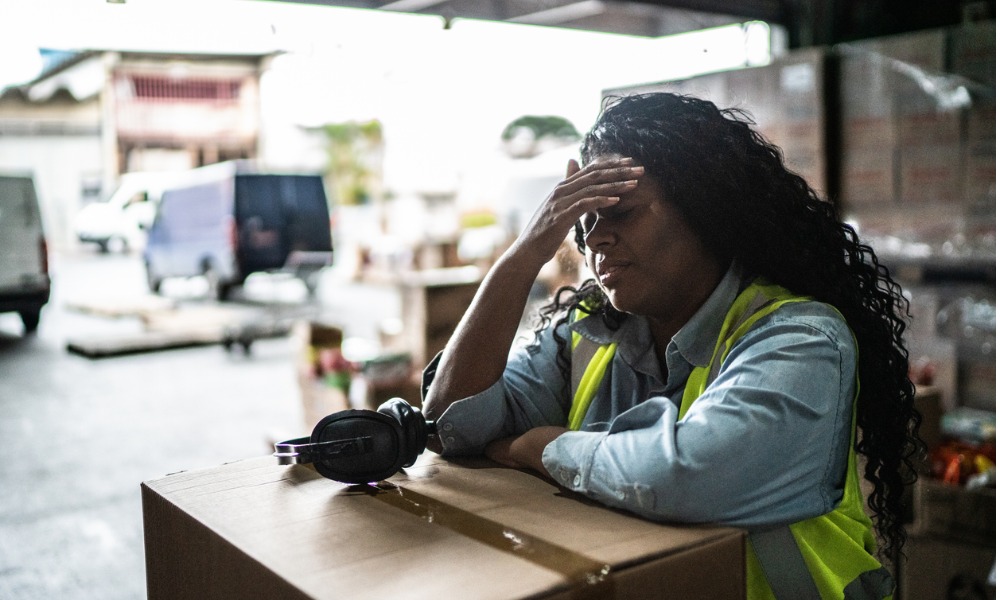
Proposal covers health requirements, cool-down time, emergency procedures

The California Division of Occupational Safety and Health (Cal/OSHA) is moving forward with plans to amend the existing Title 8 of the California Code of Regulations to add section 3396, Heat Illness Prevention in Indoor Places of Employment.
Under the proposed section, employers must ensure that employees have access to potable drinking water meeting the requirements, as applicable, such as that it be fresh, pure, suitably cool, and provided to employees free of charge.
Employers must also have and maintain one or more cool-down areas at all times while employees are present.
“The cool-down area shall be at least large enough to accommodate the number of employees on recovery or rest periods, so that they can sit in a normal posture fully in the cool-down areas without having to be in physical contact with each other. The cool-down area shall be located as close as practicable to the areas where employees are working.”
The temperature in indoor cool-down areas shall be maintained at less than 82 degrees Fahrenheit, unless the employer demonstrates it is not feasible.
The section also requires employers to allow workers time for cool down rest.
The Cal/OSHA board recently accepted comments on the proposal and also announced this week that it will be conducting proactive high-heat inspections at certain worksites.
Employers must also ensure that effective emergency procedures are in place. They must maintain effective communication by voice, observation, or electronic means so that employees at the worksite can contact a supervisor or emergency medical services when necessary. They must also respond to signs and symptoms of possible heat illness, by providing first aid measures and emergency medical services, among others.
The proposed section also requires that where no effective engineering controls are in use to control the effect of outdoor heat on indoor temperature, all employees shall be closely observed by a supervisor or designee during a heat wave.
Employers must also provide employees the necessary training so they can respond to emergencies.
In a historic move, President Joe Biden announced on July 27 that he will ask the Department of Labor (DOL) to issue a Hazard Alert for extreme heat — the first of its kind in the nation’s history.
Also last month, Congressman Greg Casar (D-Texas) hosted a vigil and “thirst strike” for workers' rights to draw attention to the need for a federal workplace heat standard, including protections for rest and water breaks.